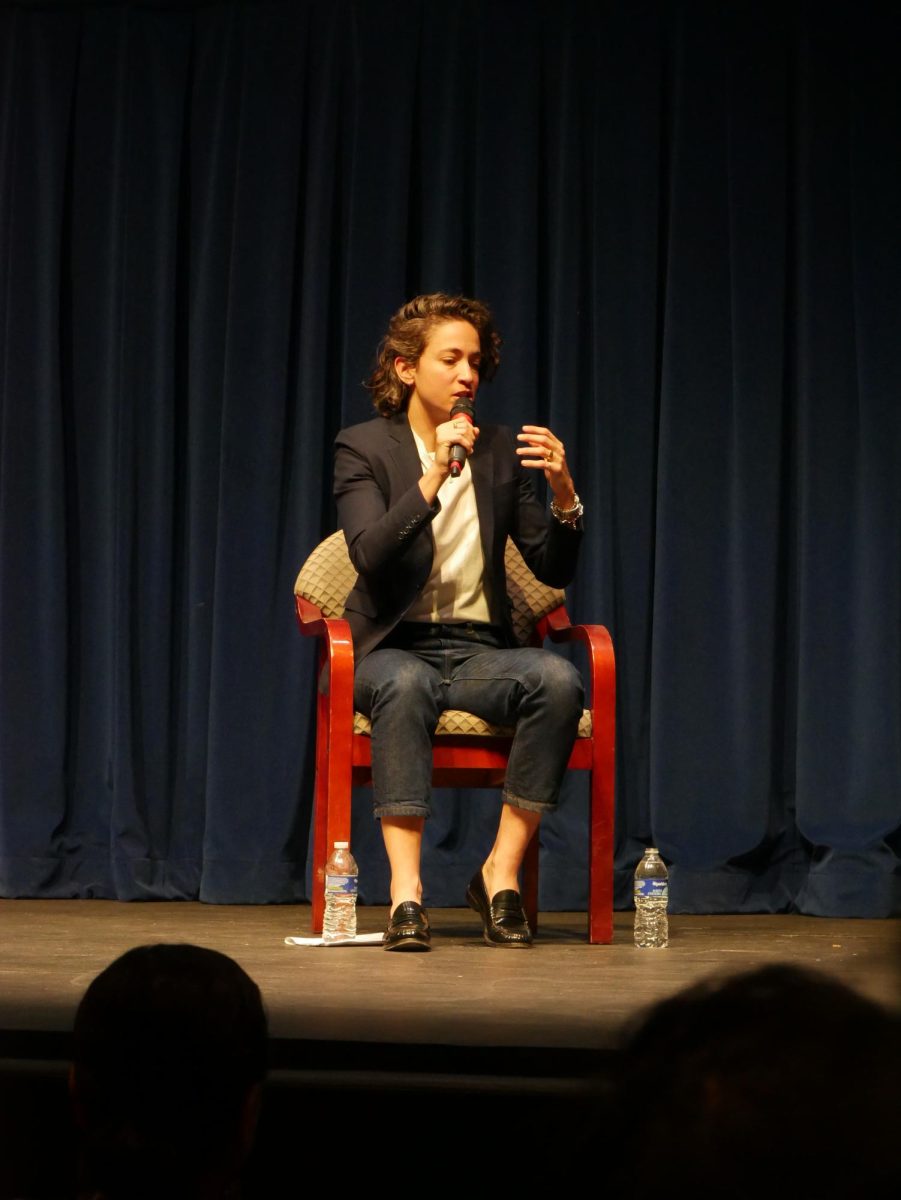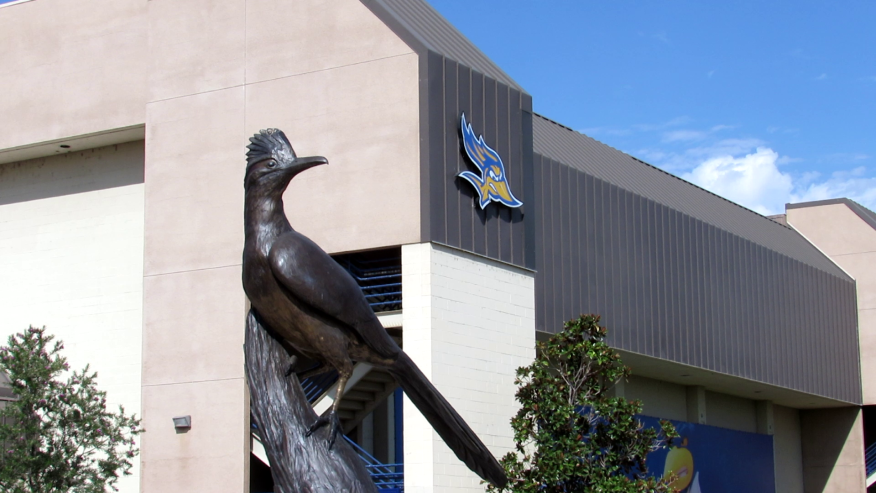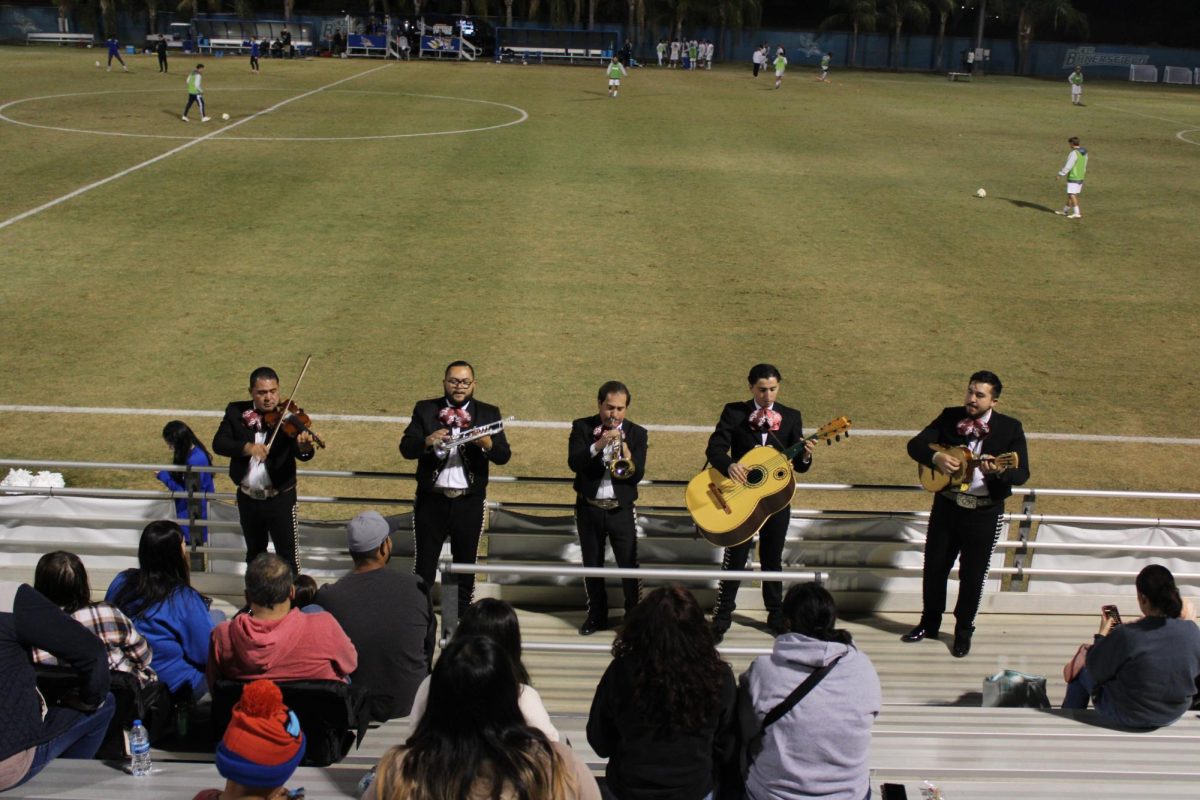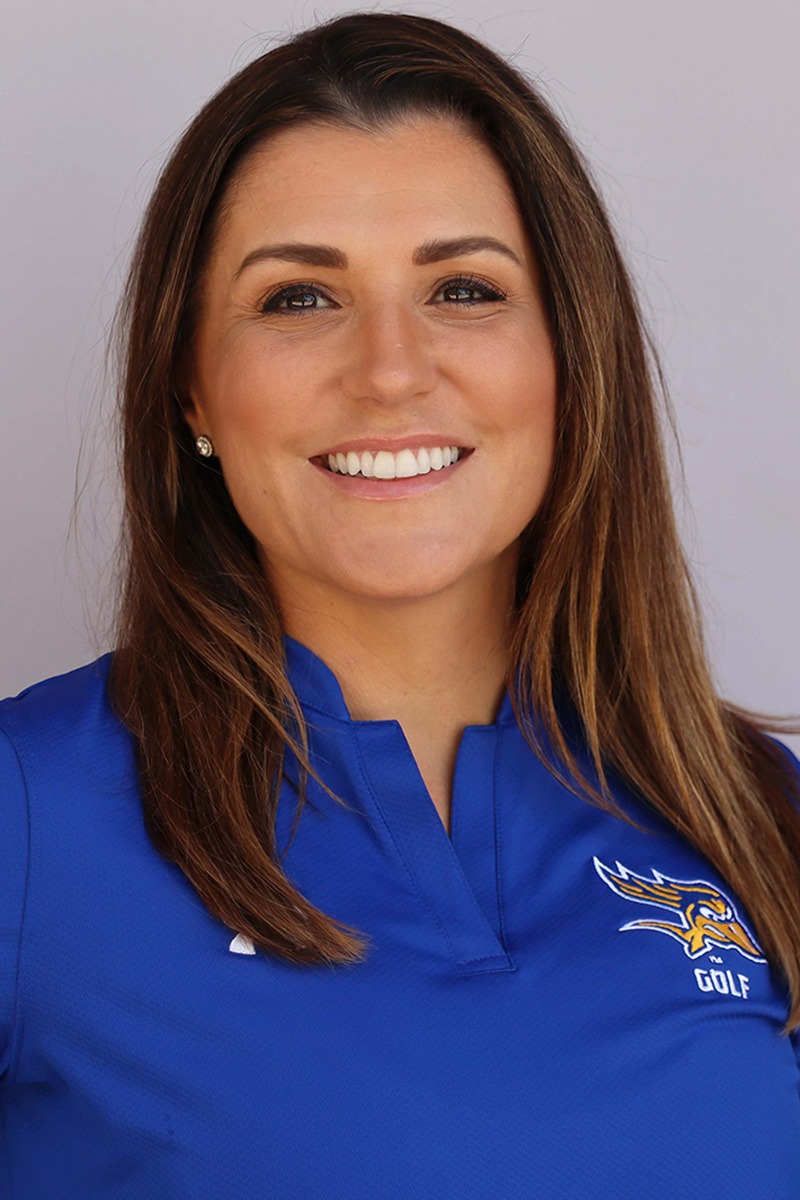
By Nate Sanchez
Staff Writer
Pitching is not easy, and I commend anybody willing and able to go out onto a mound and, without any special protection, throw a ball at a guy with a two-pound stick whose only goal is to hit that ball as hard as he can.
But aside from the immediate threat of getting hit with a screaming line drive to the head, there lies a danger within the pitcher himself: the ulnar collateral ligament. Also referred to as the medial collateral ligament, it’s basically the fibers that connect your upper arm to the ulna in your forearm and pitching can tear it apart.
The Roadrunners, like all baseball teams should be cautious as to how long their players are left on the mound. They could be injured, and their future careers could be in jeopardy.
I started to think about this when I was at a high school baseball game the other day where I watched a player finish off nine innings of work. Where I’d normally be impressed, my sentiment grew into dismay and, the more I thought about it, anger.
“Oh god,” a parent behind me said. “He’s up over 165 pitches now. If I was that kid’s dad I’d be throwing a fit.”
According to Sports Illustrated’s Tom Verducci, the American Sports Medicine Institute performed a study on cadavers to find out how much force the human arm could sustain. They found that a typical major league pitcher’s arm is subjected to a staggering 40 pounds of force pushing down as he assumes the “loaded position” to release the ball. They also found that the human arm broke apart at 40 pounds of force.
In Verducci’s words, “Pitchers routinely work right up to the line of the body’s limit.”
Imagine pushing the limits of your body for 100 pitches in a game, every week. It happens more often than you might think.
CSUB has a basic three-man rotation, consisting of James Barragan, Taylor Aikenhead and Austin Davis. In some occurrences, Alec Daily, Hayden Carter, Steven Gee and Nick Rogowski would start as well, but for 40 of the Roadrunners’ 59 games were started by the “Big Three.”
CSUB’s Big Three has combined for a total of 27 starts in which they throw over 100 pitches. Of those starts, 11 had the starters’ pitch counts over 120. Davis had the lion’s share with five in which he threw 132, 149, 125, 121 and 135 pitches.
Aikenhead had 10 outings in which he threw 100 pitches or more. Four of them consisted of 120-plus pitches. Barragan’s eight 100-plus starts included two in which he threw over 120 pitches. Another thing to keep in mind is that these pitchers are operating on a level on which they throw in the range of 90 miles per hour. Consistently throwing this hard for seven innings is dangerous for a young arm.
We knew going into this season that offense would come at a premium, with Cael Brockmeyer and Tyler Shryock going to play professionally. Pitching was heralded as our saving grace, and it was. But did a lack of offense lead to overuse of our most prized assets?
They say too much of a good thing can be bad. Pitching fits this mold perfectly. Sure, these guys get seven days of rest, but then they have to push themselves up to the very limits of what their bodies can handle. It’s almost like subjecting a rubber band to an extreme stress test once a week.
We need to keep in mind that these players aren’t just amateurs. Their official status says that’s what they are, but they represent something bigger. I’ve seen as many as 18 Major League Baseball scouts see Davis pitch. They come out for Aikenhead, Barragan and others too.
These players have aspirations beyond CSUB. Many of them hope to play professionally, but they won’t get far if they’re overworked to the point where they are in danger of being injured before they have a chance to get to there.
I can’t blame the kid who’s been taught all his life to play through the pain for the betterment of the team. I can’t lay the responsibility onto the guy who’s been told to “play his guts out” even after his arm is long gone. To him, putting on the brakes and exiting the game early can be viewed as giving up on the team.
So far this season, 20 Major League Baseball players have sustained arm injuries requiring season-ending surgical procedure known as Tommy John surgery. The reason for the epidemic is still shrouded in mystery, but a major factor is certain: overexertion by exceedingly high pitch counts. The problem is that it doesn’t start on the professional level, problem has taken root in high school fields and our own campus itself.

















